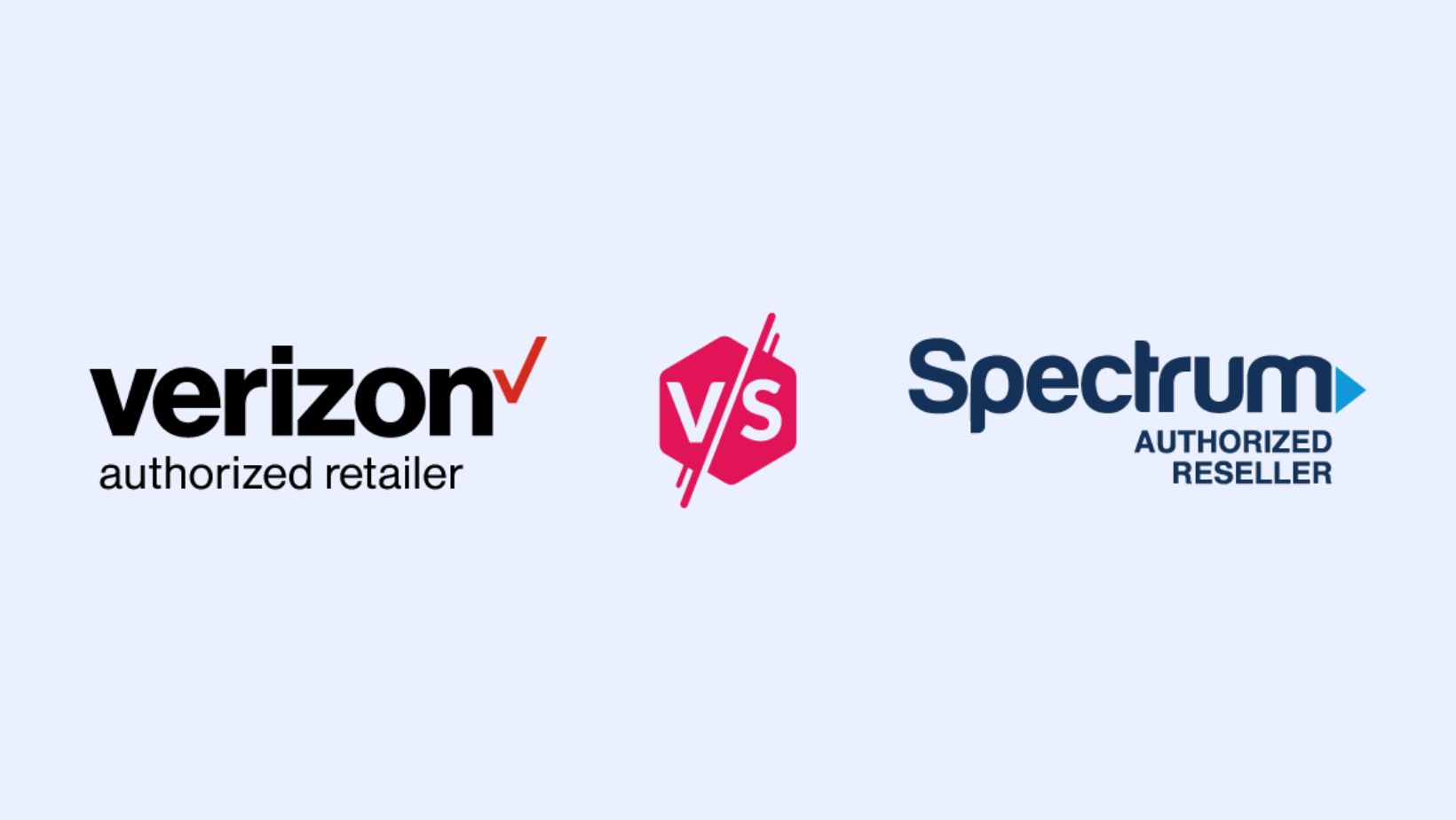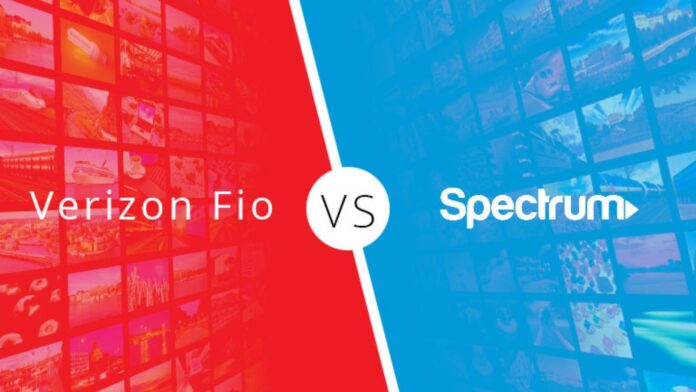Spectrum Vs Verizon FiOS
When it comes to choosing a provider for your internet and TV needs, two popular options that often come up are Spectrum and Verizon Fios. Both offer a range of services and promise high-speed connections, but they have some key differences that may influence your decision.
Spectrum is known for its extensive coverage area, making it widely available in many parts of the country. With Spectrum, you can expect reliable internet speeds and a variety of channel options for your TV viewing pleasure. On the other hand, Verizon Fios utilizes fiber optic technology to deliver lightning-fast internet speeds directly to your home. This can be especially beneficial if you require consistent high-bandwidth usage or plan on streaming 4K content.
One factor to consider when comparing Spectrum and Verizon Fios is pricing. While both providers offer competitive packages, the cost may vary depending on your location and specific requirements. It’s important to carefully evaluate the plans offered by each provider to ensure you’re getting the best value for your money.
Ultimately, the choice between Spectrum and Verizon Fios depends on what matters most to you – whether it’s widespread availability, fast internet speeds, or specific television channels. Take into account factors such as budget, location, and personal preferences before making a decision.
Comparing Spectrum and Verizon FiOS
Spectrum’s Internet Speeds
When it comes to internet speeds, Spectrum offers a range of options that cater to different needs. Whether you’re a casual web surfer or a hardcore gamer, there’s a plan for everyone. With their standard plans, you can expect download speeds starting from 100 Mbps and going up to 940 Mbps in select areas. These speeds are more than sufficient for streaming HD videos, online gaming, and handling multiple devices simultaneously.
One of the advantages of Spectrum is that they provide consistently fast speeds without data caps. This means you won’t have to worry about your internet slowing down or being charged extra if you exceed a certain limit. It’s great for households with heavy internet usage or those who rely on their connection for work or entertainment.
Verizon FiOS’s Internet Speeds
Verizon FiOS also excels when it comes to delivering high-speed internet. Their fiber-optic network allows them to offer impressive download and upload speeds that can meet the demands of even the most bandwidth-hungry users. With plans ranging from 200 Mbps all the way up to a mind-boggling 940 Mbps, Verizon FiOS ensures that your online experience is smooth and seamless.
FiOS’s symmetric upload and download speeds make it an excellent choice for activities like video conferencing, uploading large files, and sharing content on social media platforms. This symmetrical speed is particularly beneficial for individuals who work from home or engage in content creation.

Availability and Coverage
When it comes to choosing a reliable internet service provider, availability and coverage are key factors to consider. After all, what good is a high-speed connection if you can’t access it where you live or work? In this section, we’ll take a closer look at the availability and coverage of Spectrum and Verizon Fios.
Spectrum, with its extensive network infrastructure, boasts widespread availability across the United States. It covers many urban areas as well as suburban and rural regions. With Spectrum, you’re likely to find options for high-speed internet regardless of your location. However, it’s always best to check their website or contact customer support to confirm availability in your specific area.
Verizon Fios, on the other hand, operates through a fiber-optic network that delivers lightning-fast speeds. While not available everywhere yet, Verizon has been expanding its coverage steadily over the years. Major cities and metropolitan areas tend to have excellent Fios coverage, but smaller towns may still be awaiting its arrival.
To get a better understanding of the coverage offered by both providers, let’s dive into some statistics:
- According to recent data from the Federal Communications Commission (FCC), Spectrum covers approximately 102 million people in the United States.
- On the other hand, Verizon claims that its Fios network passes over 34 million premises nationwide.
It’s worth noting that these numbers don’t necessarily imply equal availability or quality of service in every location covered by either provider. The density of subscribers in an area can impact overall performance.


